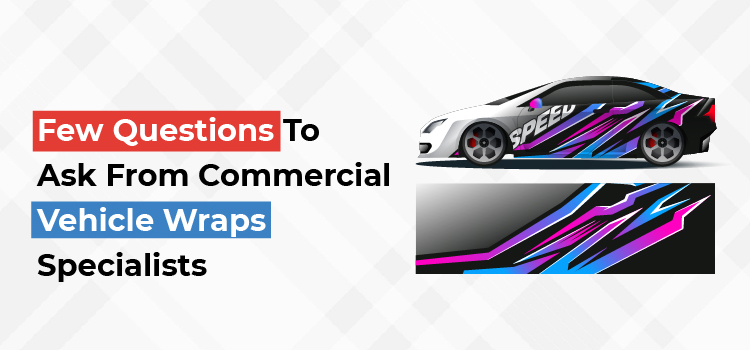When creating an amazing brochure design, there are a few golden rules you need to keep in mind. This can be challenging if you don’t know what works best for your company or industry, but the following tips will help.
Who are you speaking to?
Talk to your audience.
It’s important to understand who you are speaking to so that you can create an amazing brochure design that speaks directly to their needs and goals. Ask yourself:
- Who is the audience? What do they want out of life? What are their dreams, aspirations, and fears? How does this product or service fit into their lives?
- What are their values and beliefs about money, time, or health?
You should know these things because they will help shape how you present your information in an engaging way that resonates with them on an emotional level.
Next, consider the setting. What is the purpose of this brochure? Is it a direct mail piece that will be mailed out to thousands of people in a specific area? If so, you need to consider who lives there and what they like to read. Perhaps they’re more interested in gardening tips and recipes than financial advice.
Also read: Benefits And Disadvantages Of PPC Advertising
Think about the layout.
The layout of your brochure is crucial. The best way to ensure it’s eye-catching and easy to read is by keeping it simple.
The first thing you should do when creating your brochure layout is decided on a color palette that works well together, then choose one or two fonts for all text in the brochure (this will make things easier later). If possible, choose fonts that match the style of your business–if it’s modern and sleek, for example, then go for something like Helvetica Neue Light or Arial Narrow; if it’s more traditional, then try Georgia or Times New Roman instead!
Once this step is done, then adding detail can begin! This might include images such as charts or graphs and illustrations if they work with what you’re trying to say. Think carefully about where these should go, though – they shouldn’t distract from what else needs saying, so keep them towards either side/bottom corner as opposed to directly above important information such as “Phone number,” etcetera…
Also read: A Comprehensive Guide About How To Create Your Brand
Keep it simple, stupid, and easy to read!
The most important principle of brochure design is to keep things as simple as possible. Don’t overcomplicate things and confuse your audience by using too many fonts or colors in your brochure design; stick to one or two fonts that match the tone of voice used throughout your brand’s identity.
The same goes for images: use just enough photos/illustrations to get across what you need them for without overdoing it on unnecessary visuals–they should complement rather than distract from the text on each page!
Make it easy to read. As you design your brochure, ensure that the most important information is always visible at first glance. Don’t hide anything; instead, put it where people will see it right away and still be able to read the text without having to search for what they’re looking for!
Consider your color palette carefully.
Regarding brochure design, color is one of the most important factors. Your choice of colors can make or break your brochure. When choosing a color palette for your brochure design, there are several things you should keep in mind:
- The company’s brand
- The company’s logo (if applicable)
- The website and social media accounts that represent its brand
- The target audience of your brochure, the industry you’re targeting (and their expectations)
Also read: Know Customer-Business Relationship Of Social Media!
Add detail!
Details are the little things that can make an ordinary brochure stand out and convert into an amazing brochure design. They’re also good ways to attract attention when you want to explain a concept or highlight certain features of your product or service in a more detailed way than just listing them on an itemized list would allow. For example, suppose you were designing a brochure for an electrician’s services. In that case, you might include pictures of different types of electrical outlets and lighting fixtures throughout the brochure so readers can see what they look like and how they work.
Adding details is also useful when describing complex concepts or processes; if you have multiple steps involved with something like applying for college loans or opening a bank account, adding images that show each step will help readers understand what steps come next without having them flip through pages trying to figure it out themselves!
Add real images and illustrations.
Images and illustrations are a great way to add interest to your brochure. They can be used to illustrate points, or they can be used to add a personal touch. For example, if you’re trying to sell a product that helps individuals stay healthy, an image of someone exercising would be much more interesting than just showing them standing still!
Some brochures use images of real people, while others opt for illustrated characters instead. Either way is fine–just make sure that whatever style you choose fits well with what you want the reader’s eye drawn towards when they look at the page in question.
Avoid photos at all costs.
The biggest mistake you can make is using photos in your brochure. Photos are expensive, hard to get and often don’t communicate your message as well as words do.
First off, photos are not always the best way to communicate a message; sometimes it’s better to use illustrative images or diagrams that show how something works instead of taking up valuable space with real-world examples (which may not even be available).
Secondly, there’s no guarantee that the photo you want will be available when it comes time for printing–the photographer might have moved away or gone out of business by then! And even if they’re still around, chances are good that they won’t let you use their work without paying them again (and probably more than once).
This can add up quickly if your business wants multiple copies made over time; adding up all those costs could mean choosing between printing expensive brochures or doing without them!
Also read: How to Design an Appealing Brochure: 7 Expert Tips
Brochure design is not a science, but there are some golden rules you must keep in mind when designing a brochure.
Brochure design is not a science, but there are some golden rules you must keep in mind when designing a brochure.
- Brochure design is an art, not a science. This means that there are no exact formulas for creating the perfect brochure. You will have to rely on your creativity and imagination when creating your own designs!
- Brochures are used as forms of communication between companies and customers or potential clients; therefore, they should reflect the brand of their creator(s). If you have multiple people working on this project together (such as yourself), make sure everyone is on board with what kind of message should be sent out through their work before starting anything else!
Conclusion
We hope this article has helped you understand brochure design basics. It’s not a science, but there are some golden rules you must keep in mind when designing a brochure. If you keep these points in mind, your brochure will surely attract attention and get results!
We are one of the most amazing brochure design agencies in Karachi. Get in touch for more information.




